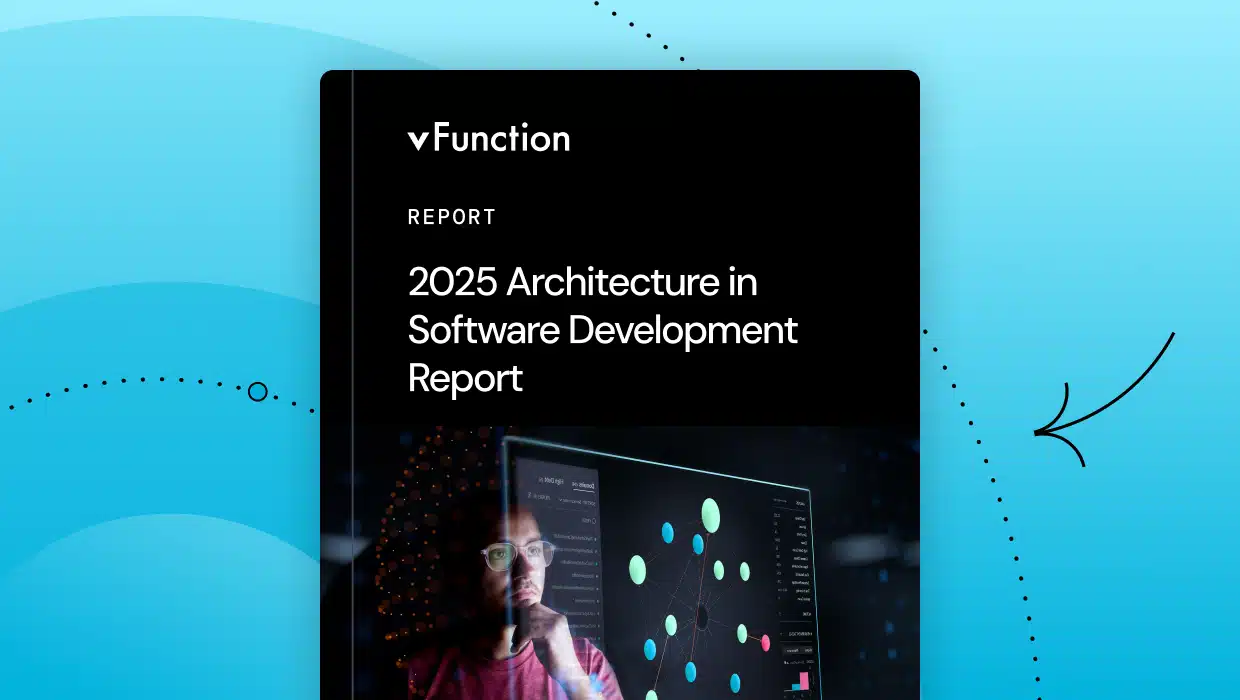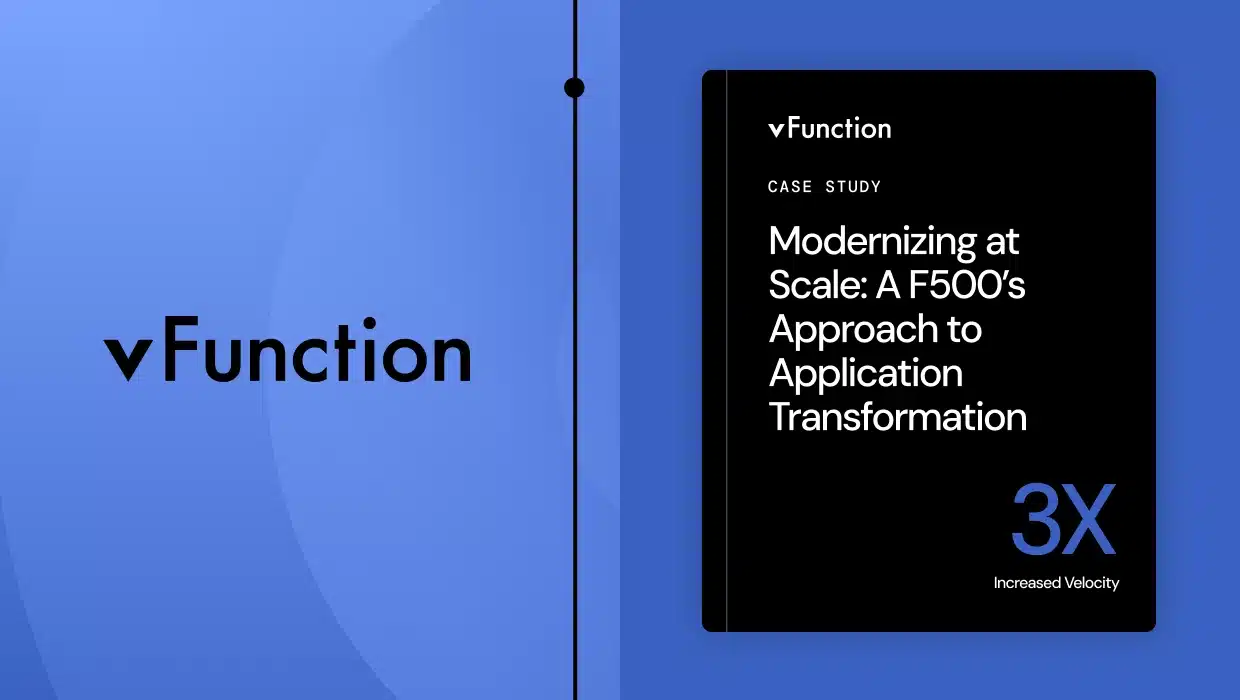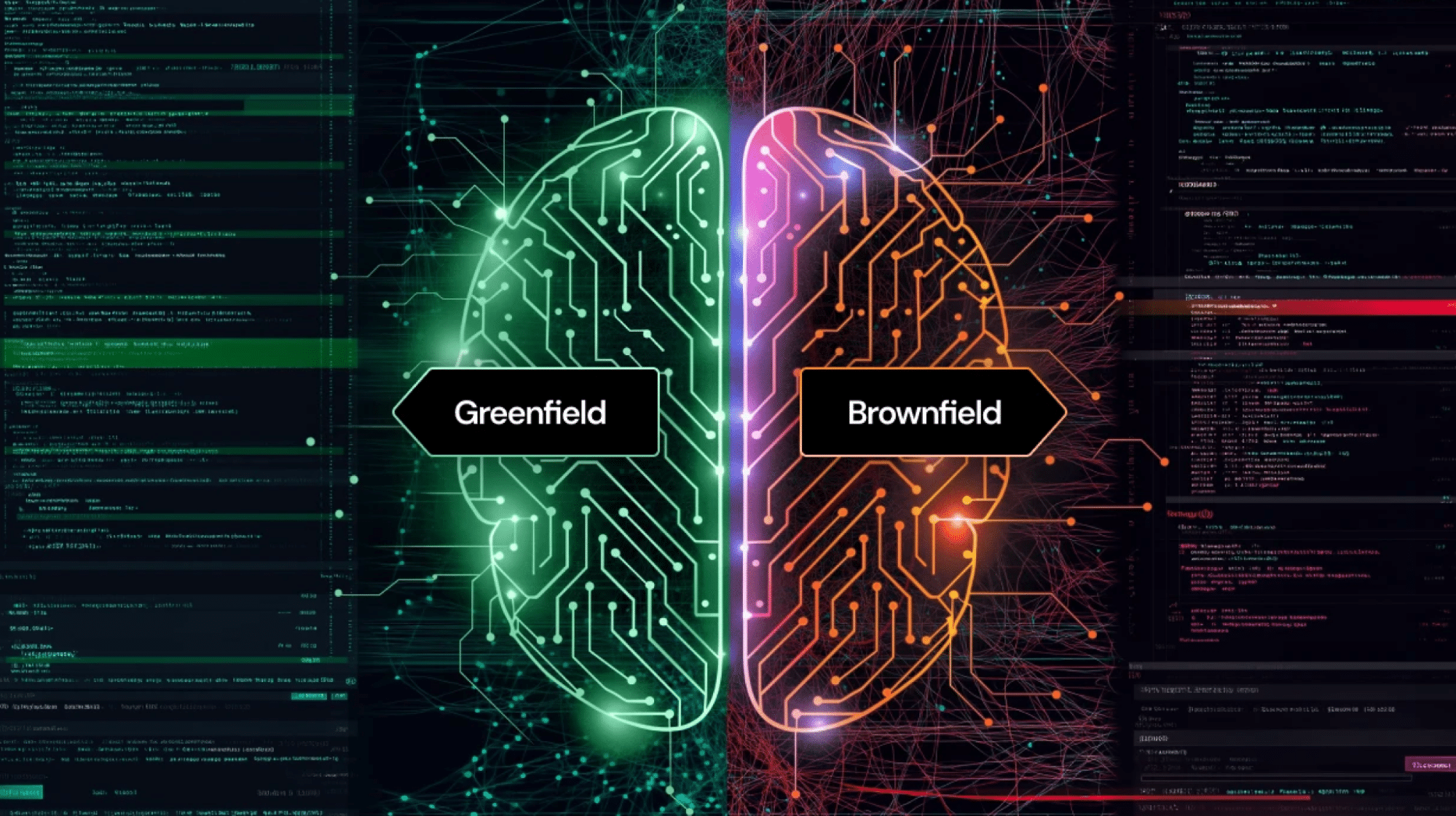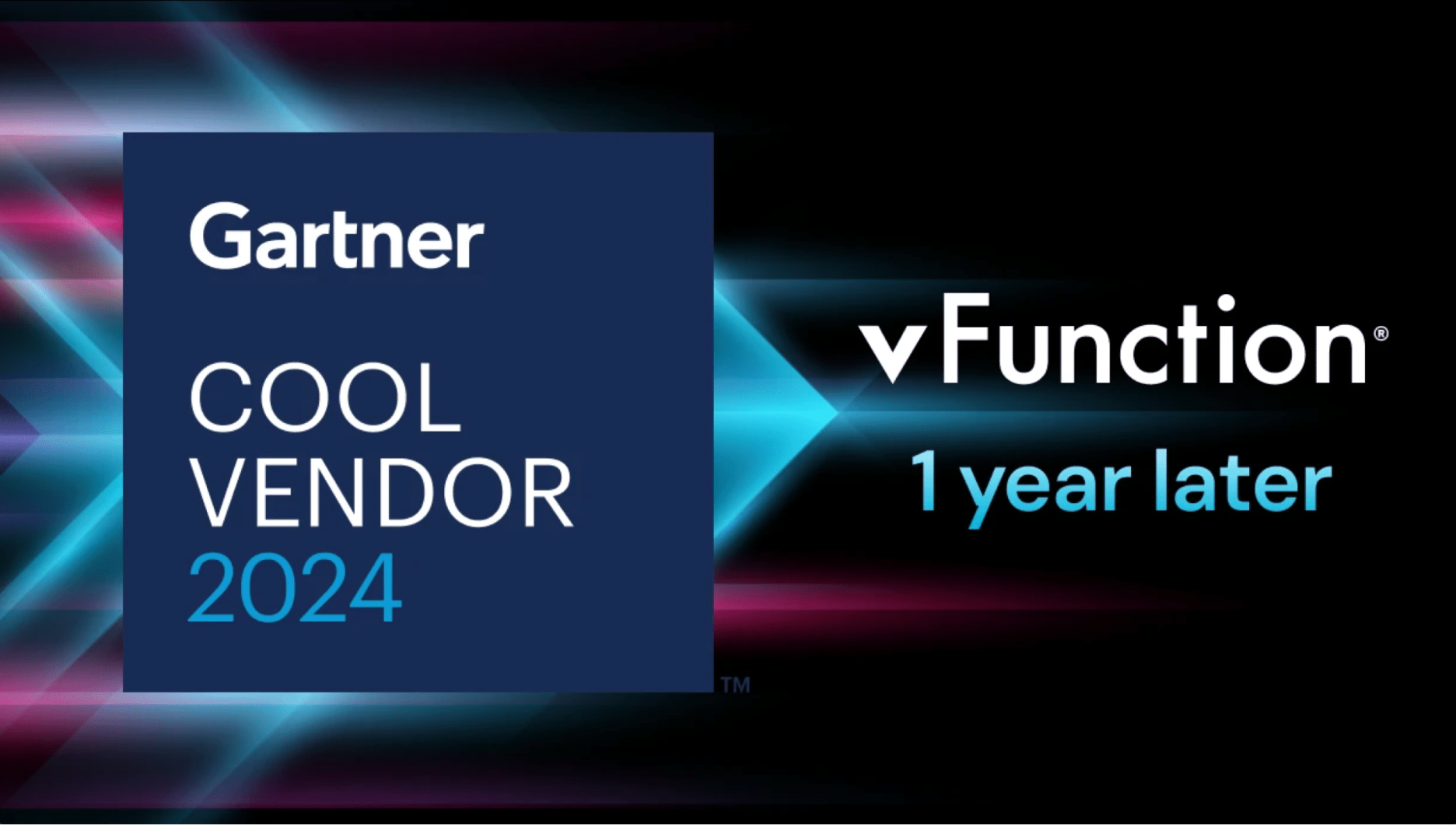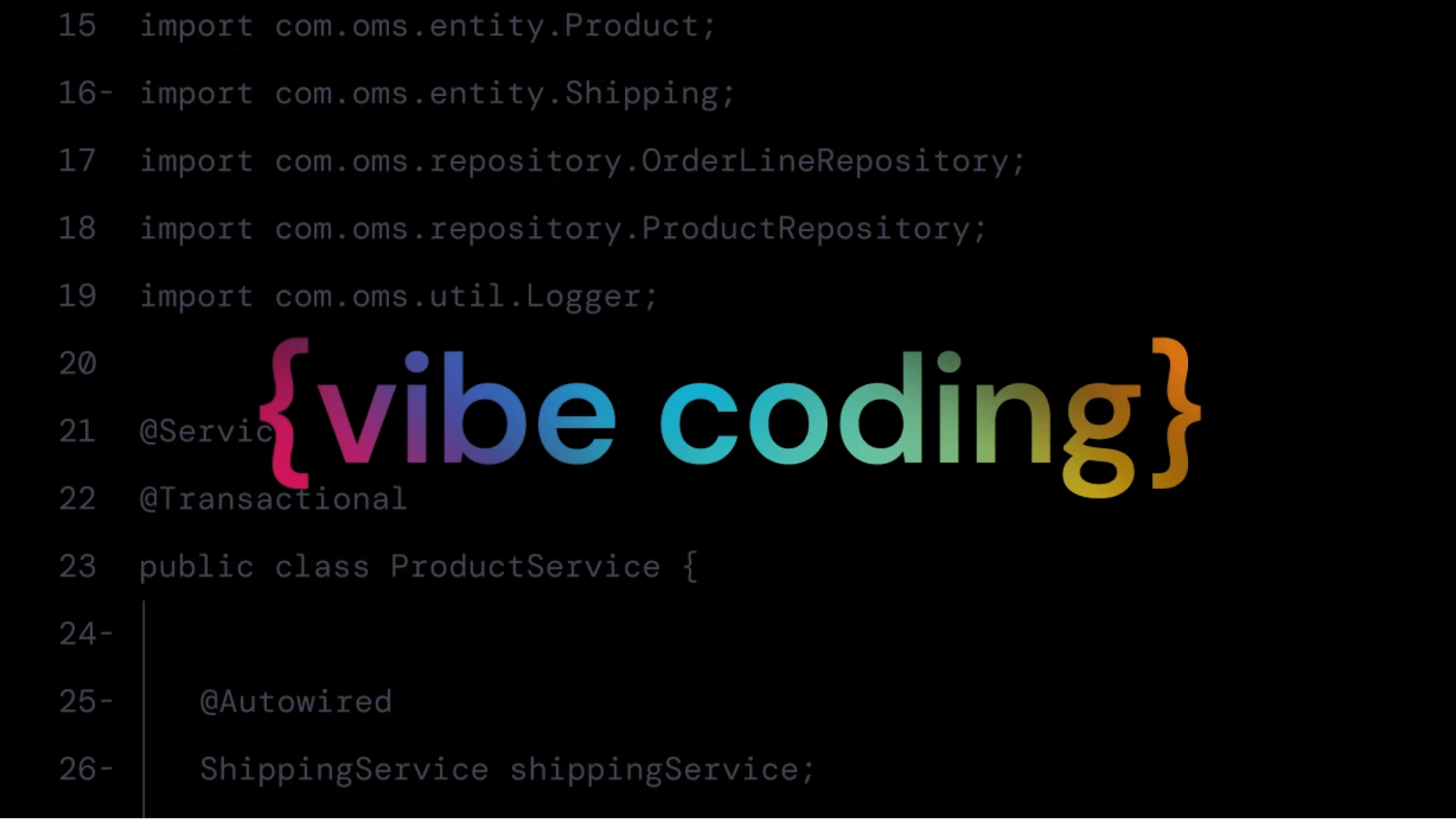Application modernization used to be every CTO’s nightmare—months of manual code analysis, reliance on tribal knowledge, and expensive refactoring projects with sky-high failure rates. All this, while putting critical new features on hold.
Today, artificial intelligence is fundamentally changing the game, turning modernization from a risky, resource-intensive process into a strategic competitive advantage. AI budgets continue to grow rapidly across organizations, driven by new internal and customer-facing use cases, as well as the push to modernize legacy systems to support AI adoption in many enterprises.
But the impact of AI varies dramatically depending on whether organizations are working with greenfield projects or brownfield legacy systems, which most enterprises rely on.

The brownfield challenge
While much of the AI hype focuses on greenfield development, mainly building new applications from scratch, the enterprise reality is overwhelmingly brownfield: maintaining and continuously adding features to legacy applications, packed with technical debt, undocumented business logic, and complex interdependencies.
Introducing AI agents to the development lifecycle of such applications creates an integration paradox: AI agents excel at generating new code and finding local issues in existing code, but they often lack architectural context to understand the ripple effects of how changes impact the entire system and whether or not the changes are consistent with the overall architectural design of the system. A service can be “optimized” in isolation, which can unknowingly destabilize the system elsewhere and introduce new technical debt.
That’s why a deep understanding of the existing systems before implementing changes is crucial for AI-powered modernization success.
The dual AI integration imperative
Introducing AI to complex legacy systems is one aspect of modernization and requires architectural changes and redesign, which in itself can be expedited using AI.
Businesses now require AI in the applications they build and run. Modern applications need architectures that can rapidly integrate emerging AI capabilities—think real-time data processing, predictive analytics, API ecosystems, and adaptable behavior envelopes.
Legacy systems, however, struggle to keep pace. Many enterprises are now increasing investment in modernizing decades-old systems to ensure they can support AI-driven workloads, with some even reengineering mainframes to work alongside new AI capabilities.
According to McKinsey, generative AI can accelerate modernization timelines by 40–50% and cut tech-debt-related costs by about 40%, delivering speed and efficiency gains that fundamentally shift the calculus. Deloitte also underscores that AI-driven modernization is reshaping core enterprise systems, enabling real-time, data-driven decision-making that was previously impossible.
This creates a compelling dual imperative: use AI to modernize faster, and modernize so you can leverage AI effectively.
AI tools for application modernization
Enterprise teams are using AI-assisted coding platforms to accelerate modernization in brownfield applications, where manual refactoring is too slow or costly. But most GenAI tools aren’t purpose-built for application modernization.
Where coding tools shine, and where they fall short
This creates a significant gap between what these tools can generate and what legacy systems need. Popular AI coding assistants like GitHub Copilot, Cursor, Windsurf, and Amazon Q Developer excel at refactoring and adding new code in the context of individual functions or components. They can rapidly generate boilerplate code, suggest optimizations, and even help with complex algorithms. In modernization projects, teams are increasingly using these tools to accelerate refactoring tasks. Tasks that used to be very resource-heavy, such as converting legacy code patterns to modern frameworks, updating deprecated APIs, and even translating between programming languages, have become more manageable.
But in brownfield environments, writing good code is only half the battle. Just as human software developers benefit from architectural guidance to ensure their code adheres to scalability, maintainability, and system integration principles, AI coding tools need similar architectural intelligence. A human architect reviews code and design not just for syntax or efficiency, but for how it fits within the broader system, whether it respects service boundaries, follows established patterns, and maintains the integrity of existing business logic.
AI coding tools, operating without this architectural context, can inadvertently suggest changes that optimize one component while destabilizing another. They might recommend modern patterns that conflict with legacy dependencies, or generate code that looks clean but breaks critical business workflows that aren’t immediately obvious from the codebase alone. This is particularly problematic in modernization scenarios where seemingly outdated code patterns may deliver essential functionality.
Closing the gap with architecture-aware AI
The solution lies in bridging this gap between AI code generation and architectural intelligence. Platforms like vFunction are now addressing this challenge by integrating directly with AI coding tools through protocols like MCP (Model Context Protocol) and through integration via IDE plugins.

The above figure illustrates the integration at a high level: vFunction feeds precise, contextual prompts into the coding assistants, transforming them into architecture-aware modernization partners. The prompts can be fed either via a vFunction IDE extension/plugin that reads the architectural tasks (TODOs) from vFunction and sends the prompts to the AI coding assistant, or the user can copy the prompts directly from the vFunction Web UI and paste them to the AI Code Assistant. The AI coding assistance can get additional context using the standard MCP protocol by communicating with the vFunction remote MCP server. This enables the AI Coding Assistant to receive specific, detailed instructions about what can be safely modified, which dependencies must be preserved, and how to maintain system integrity throughout the refactoring process.
This architectural guidance transforms how AI coding tools operate in modernization contexts, enabling them to make informed decisions that respect both technical constraints and business requirements. But what exactly does this architectural intelligence entail, and why is it so critical for modernization success?
Why AI needs architectural context
In brownfield environments, success depends on:
- Understanding both the static structure and the dynamic behavior of the application.
- Identifying hidden dependencies, architectural drift, and anti-patterns before changes are made.
- Knowing why certain dependencies exist so that fixes don’t break critical business functions.
As we’ve already discussed, without this level of insight, AI risks accelerating the wrong changes, introducing new technical debt, or breaking mission-critical systems. The real power comes when AI understands the architecture, not just the code.
AI’s three-pronged impact
Understanding your architecture is the first critical step in modernization, and this is where AI-powered platforms are changing the game. The most effective solutions combine deep static code analysis with dynamic runtime insights to surface hidden dependencies, architectural drift, and technical debt that would take human experts weeks to uncover.
vFunction AI-powered modernization strategies focus on three critical areas:
1. Architectural discovery and analysis
vFunction analyzes large complex applications in minutes, surfacing hidden dependencies, architectural drift, and technical debt that would take human experts weeks to identify. By combining static analysis with runtime data (dynamic analysis), vFunction provides multiple detailed views of the operational behavior and structure of the application, how it uses external resources such as databases and network sockets, along with opinionated analytics identifying the architectural technical debt and the various functional domains.
2. Context-aware AI-based code refactoring
Using the architecture-aware detailed prompts provided by vFunction, AI code assistants can refactor code that aligns with your system’s intent, follows established patterns, and respects service boundaries. It’s not just about writing faster code; it’s about maintaining architectural integrity while accelerating delivery.
The key difference lies in context. When AI assistants understand the broader system architecture, they can generate code that integrates seamlessly rather than creating new technical debt. They can enforce architectural constraints automatically, ensuring generated code follows company standards and best practices without human oversight.

In the above screenshot, we see a TODO task derived from vFunction analysis (displayed in the vFunction extension in VSCode) and how a detailed prompt can be sent to an AI coding assistant in the context of the code within the IDE.
3. Strategic decision making
AI doesn’t just execute; it can also provide the basis for the application experts to make informed decisions. By identifying high-risk areas and continuously learning from each project, vFunction uses AI to help teams prioritize what to modernize first and how to sequence complex transformations for maximum impact.
This includes sophisticated risk assessment capabilities that evaluate current vulnerabilities within application portfolios and determine optimal modernization sequences. AI can suggest mitigation strategies for identified issues and provide data-driven recommendations on resource allocation and timeline planning.
Democratizing modernization expertise
With 79% of modernization projects experiencing failures, mainly due to skills and process challenges, AI assistants using architectural intelligence are becoming critical for project success. AI can provide expert-level guidance on architectural decisions, help junior team members understand complex legacy systems, and offer real-time recommendations based on industry best practices.
For experienced teams, AI can easily 10x output, shortening timelines and dramatically improving success rates. What once required months of manual analysis can now be completed in days, with higher accuracy and deeper insights than traditional approaches.
The bottom line
AI is becoming essential to modernization. Organizations that embrace AI-powered modernization will gain significant advantages in speed, cost, and success rates, while those that rely on traditional manual approaches will find themselves increasingly disadvantaged.
The convergence is apparent: AI demands modern architectures, and AI enables faster modernization. Organizations that recognize this dual relationship and act on it will build application portfolios that don’t just meet today’s requirements, but can rapidly adapt to whatever comes next.
The question isn’t whether AI will transform modernization—it already has. The question is whether your organization will provide the necessary architectural context to make the right changes, in the right places, without introducing new risks.
Ready to explore how AI can accelerate your modernization efforts? Download our complete App Modernization Buyer’s Guide for comprehensive strategies, vendor analysis, and implementation frameworks.

